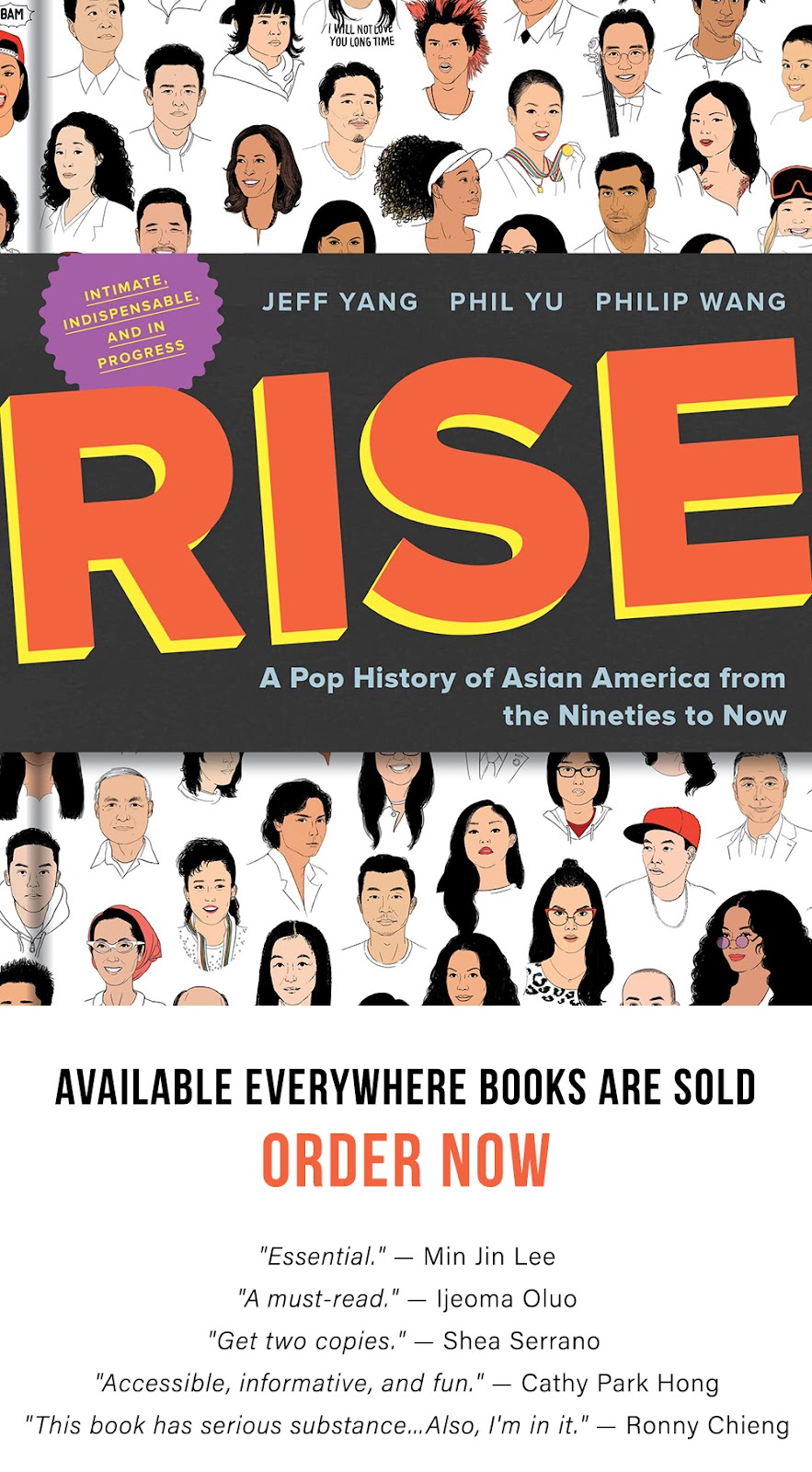My daughter Natalie has leukemia (AML) and needs a bone marrow donation in the next 30 days. If you or anyone you is Asian, male or female, please ask them to do a simple, painless test. They may save her life.You probably don't know Grant or Natalie. But the fact of the matter, she needs bone marrow match to save her life. If it was your friend, or your daughter, or even you, wouldn't you like to believe that a stranger would be there in your time of need?
Our friends put together:
http://www.hopefornatalie.com
http://www.facebook.com/Save.Natalie
Before you sign up, please be willing to make this sacrifice. The worst thing to happen would be for you to be a match, then back out at the last minute.
1) The initial testing phase is painless.
You take a sterile cotton swab and wipe the inside of your cheek.
Next, you put the swab inside the folder provided and send the self-addressed, stamped return envelope to the lab.
Where to get the kit?
Go to a donor drive or register for a home kit on-line:
http://www.aadp.org/pages/main.php?pageid=56&pagecategory=11&keywords=home
When you send the kit back, label it:
URGENT: NATALIE NAKATANI
2) Donating
If you are lucky enough to be a match, there are 2 ways to donate. You
have a choice. The doctors generally recommend one method, but ultimately you as the donor have a choice. You should NOT have to fly anywhere; most local hospitals will be able to perform either procedure.
a) Method 1: Marrow donation
You go to your local hospital and have a brief outpatient procedure.
They will give you anaesthesia so you will not feel any pain during the marrow extraction.
The doctor will poke a special needle into your hip and take some bone marrow.
You will be discharged from the hospital later that day. You will have some discomfort in your hip for a few days and your bone marrow will regrow completely within a few weeks.
b) Method 2: Blood cell collection
For 4 days before the collection, you will receive one injection per day of a synthetic protein called filgrastim. Filgrastim increases your cell count.
On the day of collection, your blood is removed from one arm and passed through a machine that separates out the collection cells.
The remaining blood is returned to you through the other arm. The cell collection is an outpatient procedure which takes about 6-8 hours and is done over a 1-2 day period. Most donors experience headaches, or bone or muscle aches several days before the collection. This is a side effect of the filgrastim injections. The aches subside shortly after the collection.
To learn more about Natalie, go here. And to request a bone marrow donor registration kit, go here. You could be the one who saves her life.
